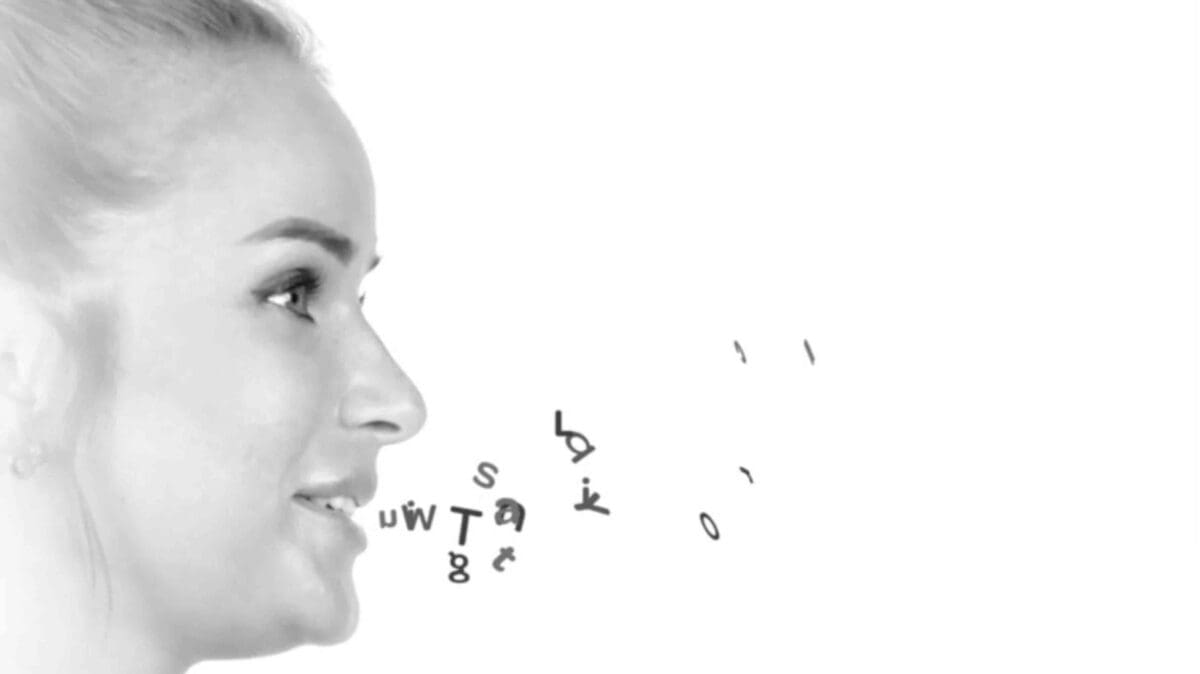Lipreading – how much can we understand? Someone said, “Lipreaders only catch around one-third of what’s said.” – I respectfully disagree!
I understand some people most of the time, some half the time, and those who tend to mumble, have a heavy accent or beard, or talk fast – I barely understand them.
Lipreading involves working out what is said based on context. When I’m lipreading reading content, I’m not filling in the blanks. That’s not the case with reading lips.
Homophones! They look the same!
About 40% of the sounds in the English language can be seen on a speaker’s lips in good conditions — such as a well-lit room where a person can see the speaker’s face.”
Here are some examples I use to show how multiple words look the same on the lips without sound:
Ate – Eight
Bare – Bear
Brake – Break
Cell – Sell
Flour – Flower
Hair -care
Hear – Here
Know – No
Mail – Male
Meet – Meat
Morning – Mourning
This is where my cochlear implant comes in handy. It helps me differentiate the Bs, Ps, Hs, and Ms. (homophones) and has been an invaluable part of my life since I had the implant fitted in 1998.
How can We communicate better?
Unfortunately, when we speak/talk, we rarely keep still; in fact, we move around and use our hands to create gestures, touch our faces, or flick our hair; it is almost always a public place with much noise.
An ideal scenario is a meeting in person. One person speaks at a time, the room is well-lit, and there is no background noise.
I have a friend who has a heavy accent, and I met with her in the library, where it was quiet. I understood more of what she said than I did any other time than when we were within a crowd.
Think of every communication: drive-through, customer service, shop assistants, receptionists, till workers and web conferences.
You can communicate by writing things down on pen and paper or using your “Notes” or other text app on your mobile device.


